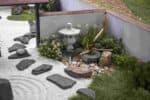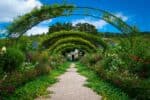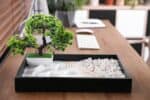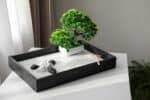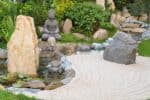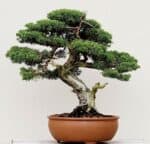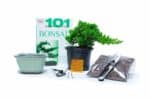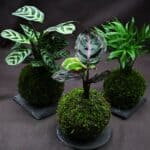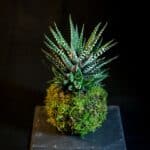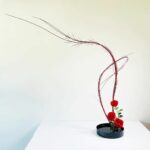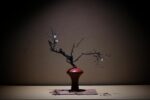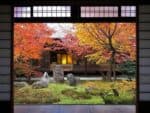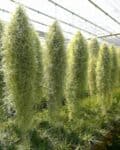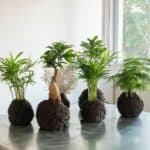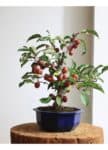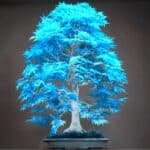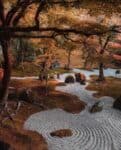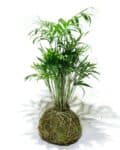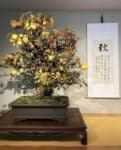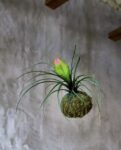If you’re new to bonsai then there are a few things to consider before you pick your first plant. Chief among those considerations is the space you have for the plant to grow in.
So how do bonsai trees grow? Bonsai trees are grown in small pots so they stay small while still looking like full-sized trees. Bonsai trees are grown from seedlings or cuttings, which have been planted into small containers. The most common tree species used to create bonsai are evergreens such as juniper, pine, spruce, and cypress.
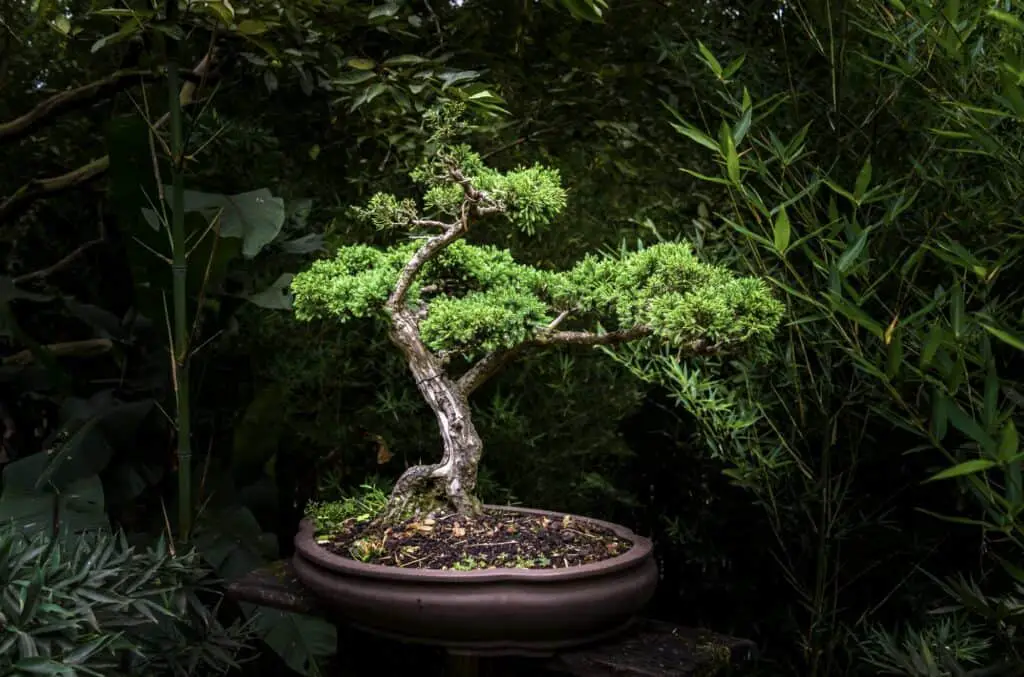

No matter the space you are dealing with, there is a bonsai tree that will suit your needs. Not everyone has an outdoor space for bonsai to be kept but there are plenty of trees you can still choose.
How Do Bonsai Trees Grow?
Bonsai trees are miniature versions of normal trees that are cultivated to stay small.
So can bonsai tress grow indoors? Bonsai trees can be kept both indoors and outdoors, it depends on the variant you purchase. Tropical plants are much more suited to be grown indoors during all seasons. However other trees need to be kept outdoors during all seasons.
When you purchase a bonsai tree, there should be an indication as to whether it needs to be grown indoors, outdoors, or if it can be kept in both. It is easier to take care of Bonsai trees than regular trees, and most variants are ideal for beginners. Most bonsai don’t survive because their owners treat them more like decorations than something living.
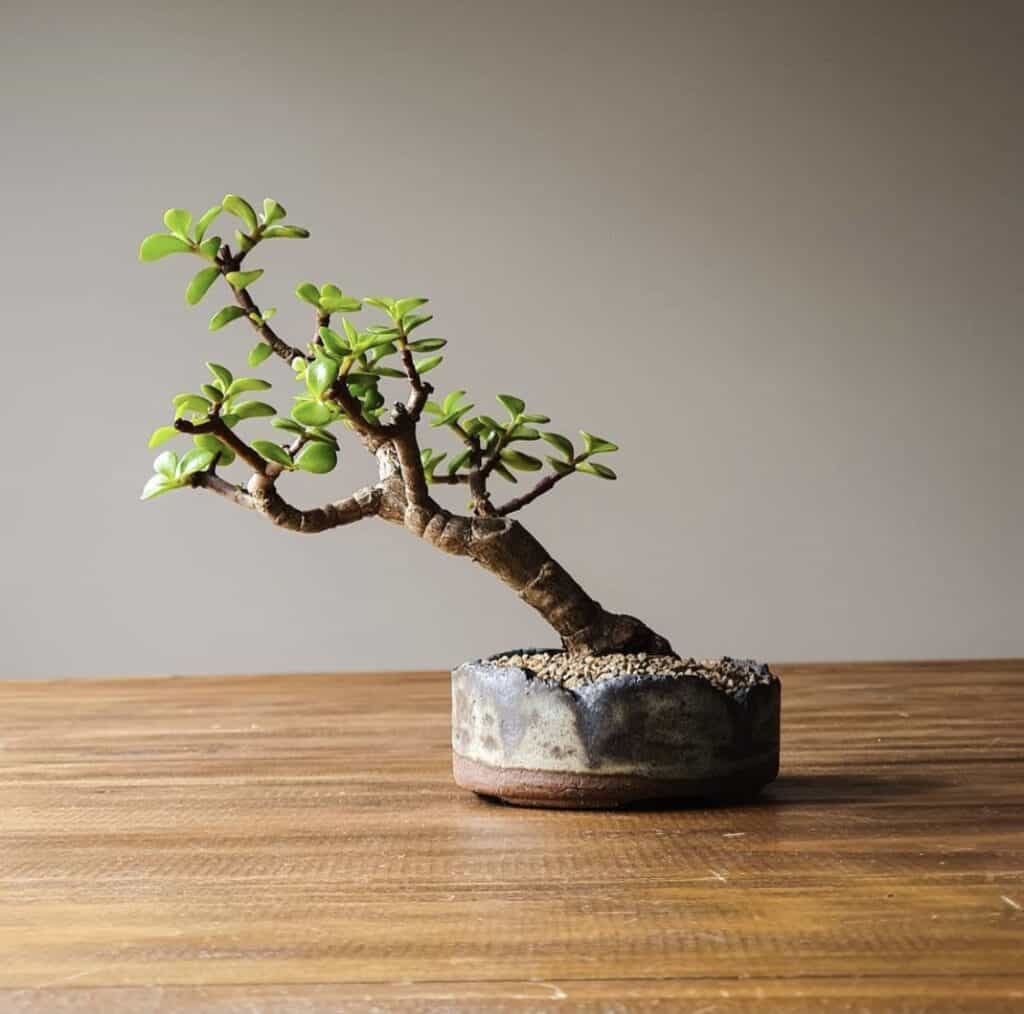
It is important to make sure you take into consideration the atmosphere you intend to grow it in. Not everyone has access to a garden which limits which kind of tree you can buy. If you’re unsure when you are purchasing your bonsai, you can ask the store for advice which they should be able to provide.
Whether you purchase online, at a garden store, or a specific bonsai nursery, the staff will be able to guide you into buying a suitable tree for your home. Some tree variants can be grown indoors and outdoors depending on the type of tree. Some trees need to be kept outdoors during all seasons including winter, as they need their winter rest period which can only be achieved at specific temperatures.
Which Kind of Bonsai Can Be Kept Indoors?
When looking for bonsai that can be grown indoors, you need to limit your search to tropical or subtropical varieties. You will still have plenty of options to choose from and you’ll likely be able to find a tree that suits you.
A bonsai that is kept indoors will still need attention and care to survive, but these are trees that can still flourish indoors.
The most popular kind of indoor bonsai tree is the Ficus species, of which there are over 850 types. These trees have a naturally high tolerance to low humidity, making them well suited to an indoor environment. These kinds of trees also enjoy regular pruning, making them a perfect choice among newbie growers.
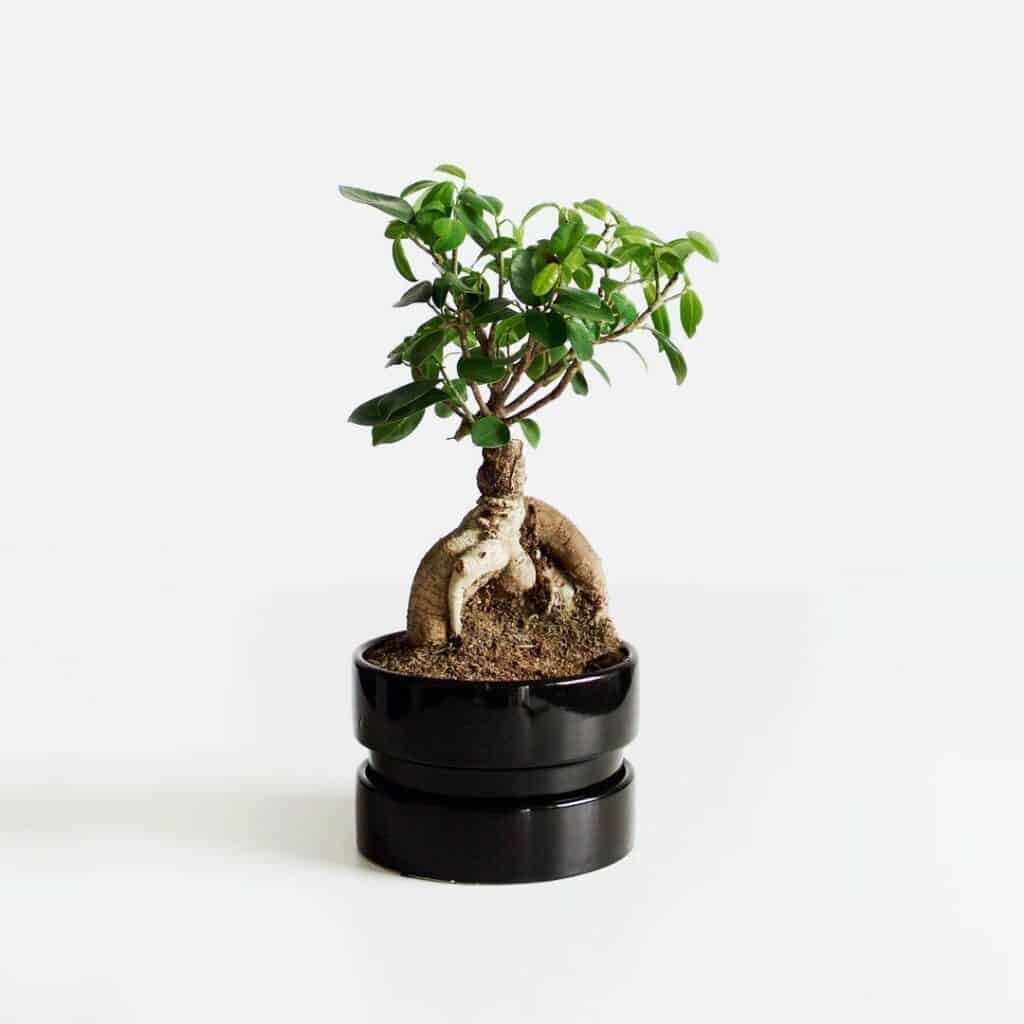
The Ficus species of trees were among the first types of tree that were able to provide fruits fit for human consumption. So that makes certain fruit trees another choice for people looking for an indoor bonsai.
Other species of trees that suit life indoors are the Carmona, the Schefflera Arboricola, the Crassula, and the Sageretia. Proving that there is ample choice among growers who are limited to only indoor spaces. Whatever kind of space you are dealing with, bonsai is not out of the questions so long as they get adequate attention and light.
Unfortunately, it’s the non-tropical species of bonsai that can’t be kept indoors. This is because they need their dormancy period throughout winter which is the end of their annual growth cycle. To enter the dormancy period, they need less light and a lower temperature which is brought on by the winter climate.
Bonsai Trees enthusiast? Find out more! Read these articles :
– Are Bonsai Apples Edible?
– Are Blue Bonsai Trees Real?
– Why Do Bonsai Leaves Turn Yellow?
– Who Invented Bonsai?
Do Bonsai Trees Need Direct Sunlight?
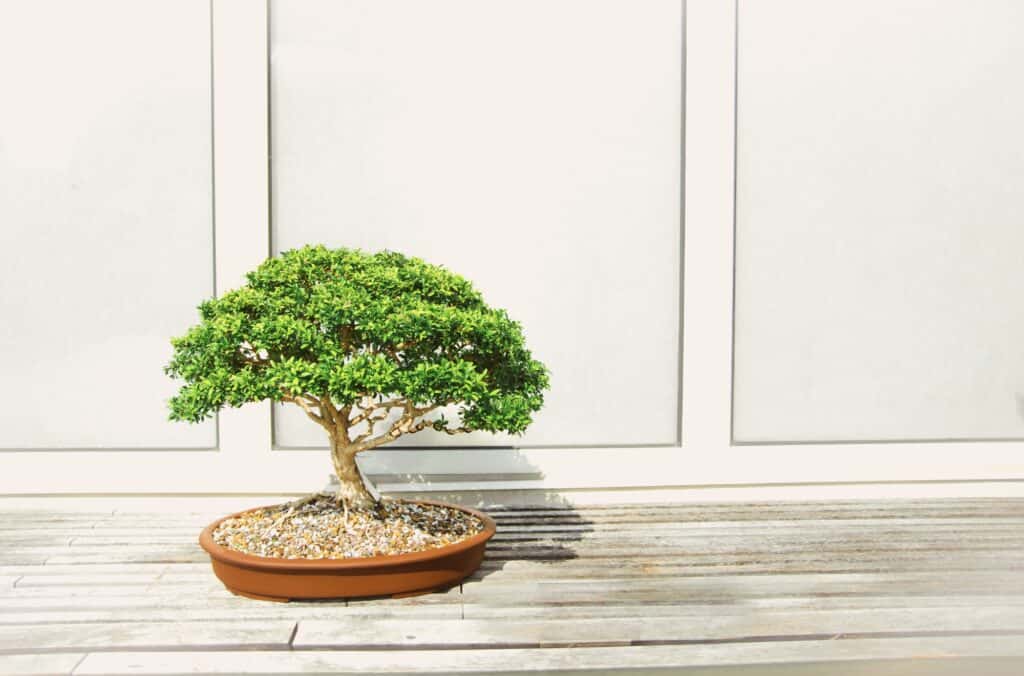
When you’re considering where you are going to place your bonsai, one of the biggest things to be mindful of is direct sunlight.
Bonsai need to get a lot of direct sunlight to thrive and survive, just like other kinds of plants. Bonsai trees make their food from sunlight, and if they don’t get enough then it can damage them.
This can be easily solved if you can place your bonsai on a window ledge or in direct view of a window that faces the sun. The bonsai should be able to photosynthesis enough of what it needs if it can get 5-6 hours of sunlight daily. If you have an indoor bonsai but have an area outside, then your bonsai would love to be outside during the warmer months.
You will also need to give your bonsai regular water as the more sunlight and warmth your bonsai gets, the more water it will need. So during the summer months, you may end up watering your bonsai tree every day or two, as opposed to winter when it could be as little as once a week.
What Does A Bonsai Tree Need to Thrive?
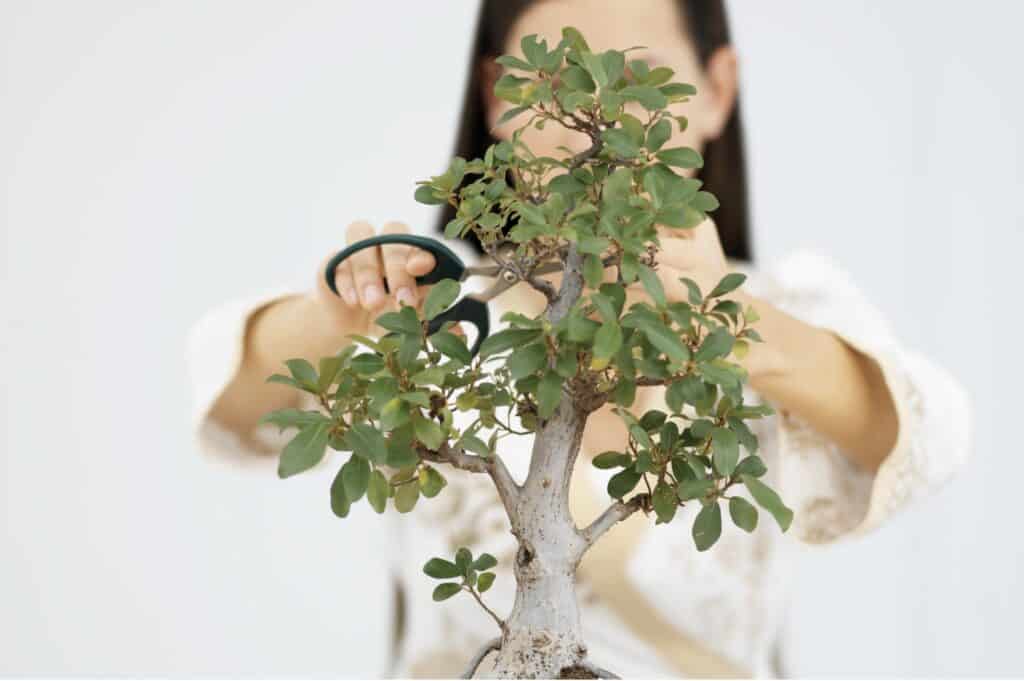
Alongside direct sunlight and sufficient watering, there are a few more things you can do to look after your bonsai tree. The air inside your home is likely to be quite dry and some bonsai are fine with this. Others would like a little more humidity. To help your bonsai, you can mist the air during the day.
Don’t place your bonsai near a vent or a draft as this will end up drying out your bonsais foliage. You could employ the use of a pebble tray as a way to increase humidity levels near your tree. This is a shallow tray filled with stones and some water in the bottom of the tray which will slowly evaporate creating more moisture in the air.
Bonsai can be fertilized once or twice a month to help them flourish. Only a small amount should be used as this will help your tree get a few more important vitamins and minerals. Be sure not to over-fertilize as this can actually harm your plant.
You can use regular garden insecticides to help prevent any insects coming into contact with your tree. Although indoor plants are less likely to suffer from insects they can still be sprayed a few times a year as a preventative measure.
